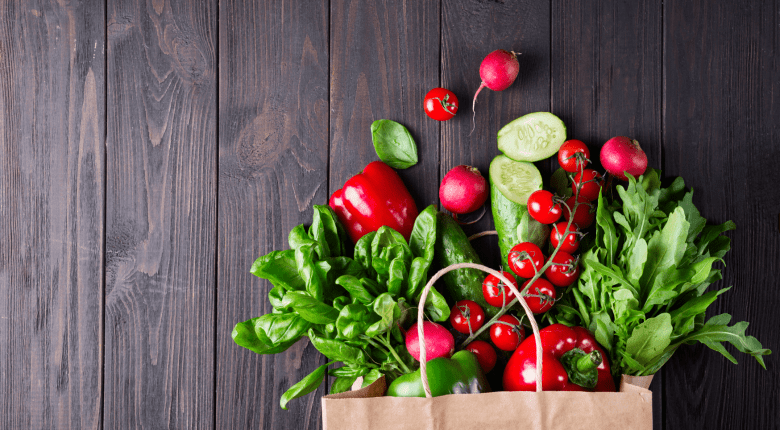Eating enough fruit and vegetables is important for a healthy lifestyle. But which is better: fresh or straight out of the freezer?
We want to enjoy eating fruit and vegetables and to get as many healthy nutrients as possible. The reason for this is that vitamins, minerals and fibre are vital to us, and our bodies need them to perform a range of different activities. In the supermarket, we’re spoilt for choice. Should we opt for fresh produce, or preferably frozen fruit and veg? Find out which products really contain more nutrients and why this is the case in the article below.
Frozen fruit and veg come with a bad reputation. Many consumers associate frozen products with lower quality. By contrast, the freshness of fruit and veg straight from the supermarket’s fresh produce aisle really seems to stand out. But let’s take a closer look at the journey these products have already made.
From field to fresh produce aisle
“Fresh” doesn’t necessarily mean fresh. The fruit and vegetables straight from the fresh produce aisle may seem healthier, but in most cases, they have already travelled many miles. Fruit and veg have the highest nutrient content immediately after being harvested in the field. However, the goods don’t end up on our plates straight away, but instead, have to endure lengthy detours via the wholesaler. It’s from there that they then make their way to the supermarket. Fruit and veg are often stored here for several days unrefrigerated before it ends up in our shopping basket.

Most fruit and vegetables have already travelled a long way before they finally end up in our shopping bags.
The problem with this long journey is that the vitamins, which are sensitive to light, oxygen and heat, are lost during transport. In the supermarket, for example, spinach may already contain up to 50% less vitamin C than immediately after harvesting. If stored incorrectly, mould may also form.
The surprising thing about frozen fruit and vegetables
Contrary to many expectations, frozen food ranks highly in retaining its nutrient content. The reason for this is that the fruit and vegetables are blanched with a little water immediately after harvesting and then shock frozen using the quick-freezing method. So, the delay between harvesting and freezing is often just a matter of hours. Freezing preserves the vitamins and nutrients and on route to us in the supermarket none of this nutritional goodness is lost. Shock freezing also means that the taste and consistency stay the same. So, we’ve dispelled the myth that fresh fruit and veg is healthier than frozen. But beware! Under no circumstances should the cold chain be interrupted. If the frozen fruit and vegetables form a large clump, then this indicates that at some point they have already been defrosted. Further helpful tips for handling frozen products are available here.
Our preference is “home-grown”
Fruit and vegetables that are grown at home always taste better! When freshly harvested, they also have the highest nutrient content. This also means you can also be certain that neither chemical pesticides nor genetically modified seeds were involved. If you have a particularly abundant harvest, then freeze everything you can’t eat immediately in your Liebherr freezer so that you still enjoy your vitamin-rich harvest in the winter.
Click here for some tips on freezing!

It couldn’t be fresher: fruit and vegetables straight from your own garden.
Always remember that preparation is everything!
Once you have your fruit and vegetables ready to go in the kitchen, preparation is key. Whether frozen, from the supermarket or fresh from the garden, if you boil the vegetables for too long and use too much water, almost all the important nutrients are lost. It is best to steam them in a water bath to preserve as many vitamins and minerals as possible. You should put the frozen vegetables directly into the pan or pot without defrosting and do not let them defrost at room temperature. On the other hand, it’s preferable to defrost frozen fruit gently by placing them in your refrigerator.